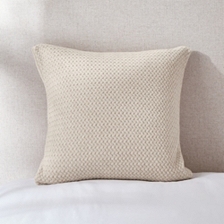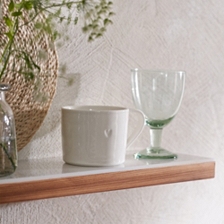When you fall asleep is defined by two interconnecting biological systems. The first is tiredness, the build-up of pressure to sleep while you’re awake. “From the moment we wake up, sleep pressure builds, and when we sleep it dissipates,” says Professor Foster. The second is your circadian system, which time stamps your life, telling your body it’s the right time in the 24-hour day-night cycle to sleep. Before you wake, it preps all your body systems to be ready for the biological day. For your most rejuvenating sleep, “the two systems should be aligned,” says Professor Foster.
But we disrupt this natural synchrony all the time, most severely by working a night shift or crossing time zones. Then sleep pressure will tell us to sleep, while circadian system says wake, or vice versa. But we also disrupt this balance in everyday ways; by staying up late or sleeping in, spending our lives inside, as well as by napping, eating and exercising at the wrong time (see below for the right times). Moving during the day creates the conditions for sleep later. “Sleep loves tiredness. Physical activity during the day will lead to physical inactivity at night. The same is true for mental activity,” says Dr Lee. In a study, people who did mind-body type exercise, such as tai chi and yoga, had better sleep than people who did aerobic exercise.****
But again, it’s light – or the lack of it – that’s the main signal for our bodies to be awake or to sleep. Professor Foster led the team that discovered specific cells in our eyes, photosensitive retinal ganglion cells (pRGCs), that register light and sync us into day and night. These cells are most sensitive to blue light; this makes sense because at dawn and dusk the light dominating the dome of the sky is enriched in blue light.




















